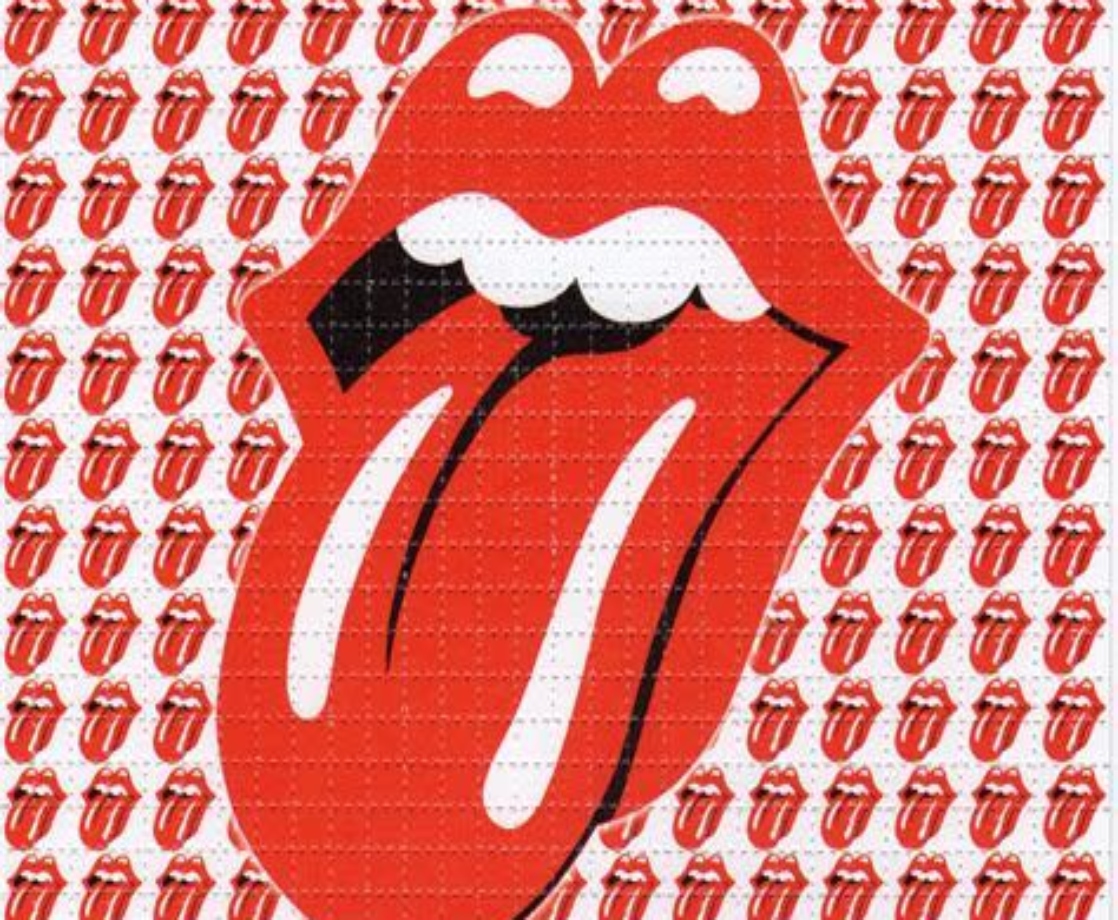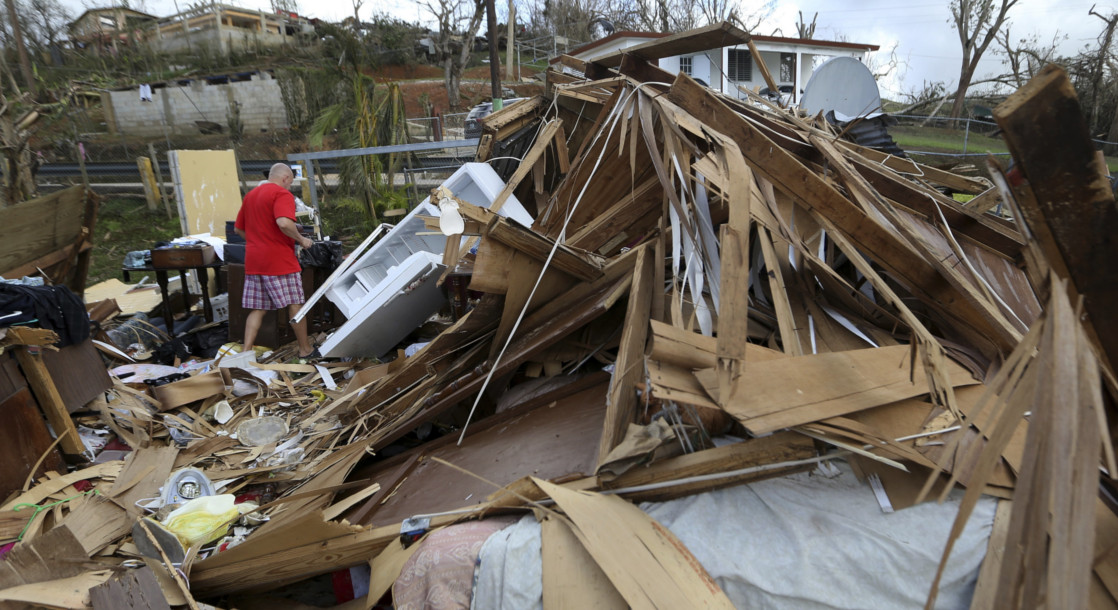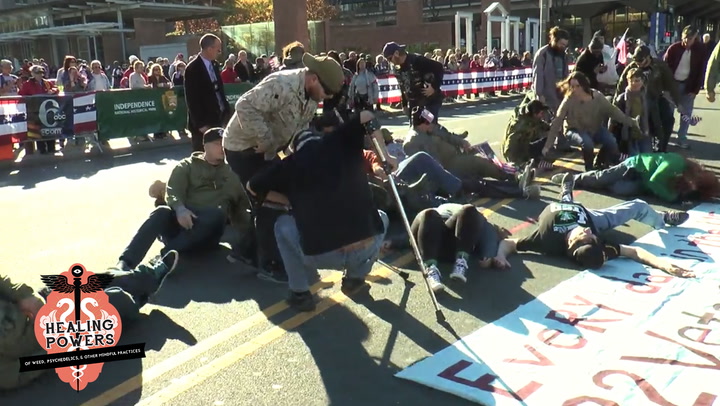A technician who volunteered to repair a 1960s-era vintage synthesizer got far more than he bargained for after LSD residue inside the synth sent him on a 9-hour acid trip.
Eliot Curtis, a broadcast operations manager for KPIX Television, recently volunteered to repair a vintage Buchla 100 modular synthesizer owned by Cal State East Bay. In the mid-1960s, the college’s music professors commissioned this synthesizer from former NASA engineer Don Buchla to kickstart their avant-garde electronic music lab.
Don Buchla invented a synthesizer to help other musicians experiment with non-traditional instrumentation, but young musicians at the time were also interested in exploring other things. The Buchla 100 uses a capacitive touch-plate for user input, rather than the traditional piano keyboard used in most other synthesizers. And, according to urban legend, students at the school coated this red plate in LSD to give its users an unexpected creative boost.
Buchla reportedly used LSD himself, and was good friends with Owsley Stanley, the Grateful Dead’s sound engineer, who was notorious for making the purest acid of the era. In 1966, some Buchla modules were being used on an old school bus owned by acid enthusiast Ken Kesey, and these unique synthesizers were even name-checked in Tom Wolfe’s Electric Kool-Aid Acid Test.
Suzanne Ciani, one of the instrument’s most famous users, recalled how Buchla was designing these instruments in Berkley at the height of the political unrest of the late 1960s. “It’s no accident that he developed his unique ideas in this crucible of upset and chaos in Berkeley,” she told XPIX5.
By the ’80s, the Buchla 100 became less popular among students, who were more interested in computers and the evolution of digital music synthesis. Cal State’s Buchla eventually ended up “in a closet in the corner of a classroom, which was a little sad because it was like a shipwreck,” according to music composer and retired professor William R. Shannon. Analog modular synthesizers are currently experiencing a renaissance, however, and the school recently decided to have this unique piece of music history restored.
Related: Bitchin’ Blotter Papers
After volunteering to repair this vintage synthesizer, Curtis soon discovered that the legends about coating the module with LSD may have been absolutely true. When he disassembed the red-colored module, the technician discovered something stuck under one of the knobs. “There was, like, a residue … a crust or a crystalline residue on it,” Curtis told KPIX. He sprayed cleaning solvent on the substances, brushed it away with his bare finger, and then moved on with the repair.
Within 45 minutes, Curtis started to feel a weird, tingling sensation. Shortly thereafter, the tech found himself in the midst of a full-on acid trip that lasted nine hours. Three individual chemical tests positively identified the crystalline substance as LSD, which can remain potent for decades if kept in a cool, dark place (like a closet in a college electronic music lab).
“I think it’s super wild,” Curtis’ wife, Holly, told KPIX.
“I think this whole situation is a nice chapter in the history of the counter culture. It’s a bit like time travel,” Ciani said. “If you could go back that would be the way to go there. That is, to share the drugs that everybody took at that time.”
After recovering from his unexpected trip, Curtis finished cleaning and repairing the Buchla, but this time wearing gloves.











